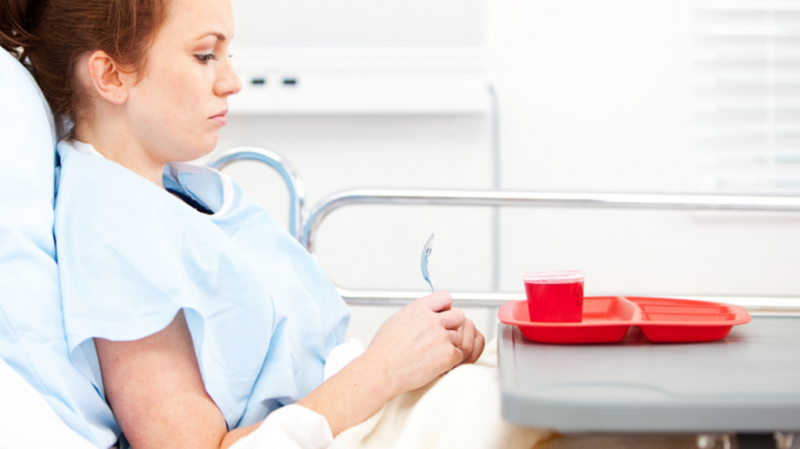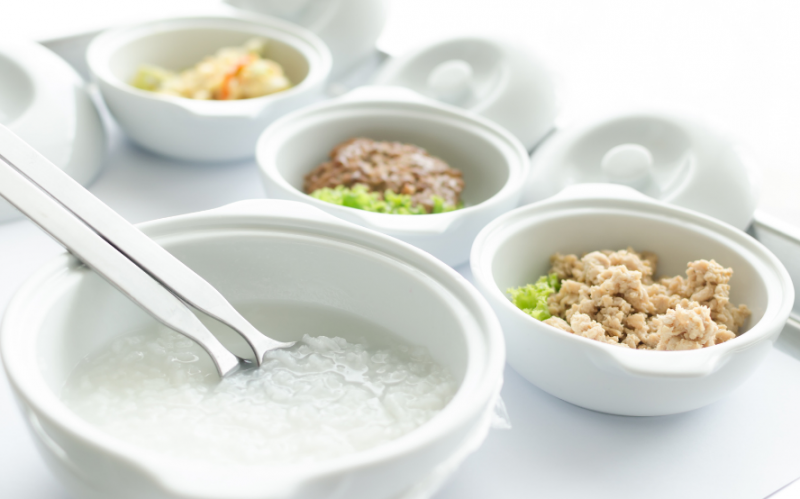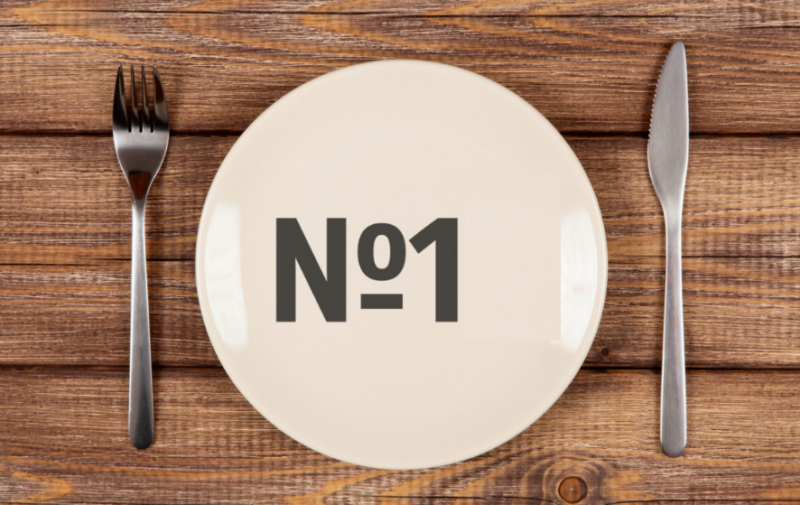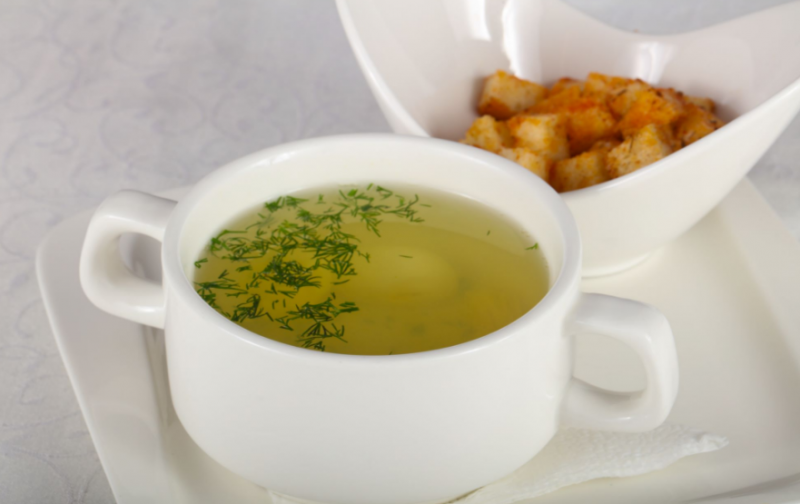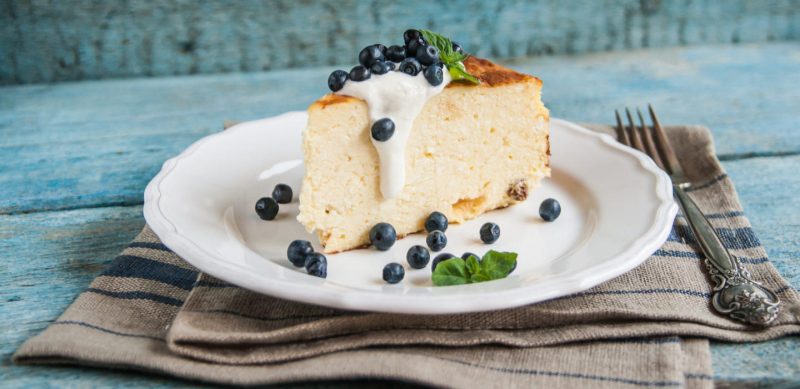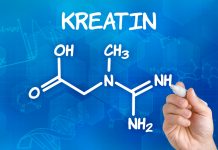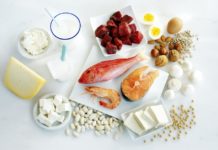Diet after the removal of appendicitis is a prerequisite for a full rehabilitation. Carefully monitoring the diet, listening to the reaction of the body even to permitted products, you can successfully establish the work of the digestive tract.
Material Content:
Features of the diet and general recommendations
This diet lasts an average of 2 weeks. It necessarily includes 3 stages: the first day after the operation, the next 2 days after the surgery, then the next week (or more). In each period, the number of permitted products increases. The program changes from very strict to a gradual return to the usual diet. Nutrition during the therapeutic diet should be fractional, food should be warm.
Basic nutrition after surgery
The most severe and difficult stage is the first day of recovery, when any liquid and food are prohibited. Allowed only to moisturize your lips, rinse your mouth. This is required in order for the body to focus on healing internal wounds, and not to digest food. On the second day, thirst is quenched with small sips of still water. As a rule, the body still “requires” food.
If the patient does not feel pain, nausea, his temperature does not increase, you can drink a few sips of hated and non-greasy chicken broth, rice broth, slightly sweet natural jelly on the second day (a “chemical” product is prohibited).
On day 3, subject to stable well-being, they begin to eat grated semi-liquid food: vegetable / potato / squash / pumpkin soups to taste.Mashed potatoes, boiled "mucous" porridge (hercules, rice). You can thoroughly grind them with a blender. You can’t add milk and fats, as well as fry foods. Allowed natural yogurt with 0% (or 1%) fat and no additives. You can eat a few tablespoons of boiled chopped chicken breast.
If recovery goes without negative manifestations, in the next week, a sparing diet becomes more diverse. The components of the dishes should be lean, in the form of cereals, liquid soups. This facilitates the work of the digestive tract. Preference is given to decoctions, meat or vegetable broths. Sometimes thicker dishes are introduced into the diet.
Fatty meat can be difficult to digest, so choose chicken, turkey fillet for cooking. These species are considered the most dietary, they are easily and maximally absorbed. After surgery, many have very little or no appetite. If there is no temperature, nausea, pain - it’s worth eating and drinking a little. Food will give strength, will contribute to rapid rehabilitation.
The principles of nutrition that are adhered to, starting from the fourth day after the operation:
- Continue to use semi-liquid soups of mashed vegetables: carrots, potatoes, zucchini, beets. Add a little rice cereal. The combination of vitamins A, C promotes tissue regeneration. All components are cooked until cooked and grind, slightly adding to the broth.
- It is useful to introduce into the dishes a little fresh, but not spicy greens (dill, parsley), which is good for digestion.
- Throughout the day, they drink clean portions of water (non-carbonated) in small portions, herbal decoctions, non-acidic and not very sweet compotes, and natural juices. Purchased can be dangerous when the body is weak. The total daily volume of fluid is about 2 liters.
- In case of a negative reaction to the listed ingredients (vomiting, pain), consult a doctor, exclude the product-irritant for a while.
- Natural non-acidic curds without additives, kefir, yogurt are considered easy to digest. They are introduced into the menu on the 3rd day (if there is no rejection of the rest of the food).
- The body's reaction to bedtime and medication is sometimes constipated. Fiber will help “run” the intestines. Use dried fruit puree, carrots, baked apples (without filling), well-boiled rice, buckwheat, oatmeal. And a rosehip broth also helps. Introduction to the diet of these products must be discussed with your doctor.
- Use porridge from fresh pumpkin, mashed potatoes, well-boiled pieces of the fruit. Vegetable is a source of vitamins E, B, A, K. The last element improves blood coagulation, and the same component T “tunes” metabolic processes, improves the absorption of food.
- The presence of complications during and after surgery can greatly reduce the list of acceptable dishes.
- If the purulent appendix has been removed, they drink the maximum amount of antibacterial decoctions of herbs. The list of permitted plants is also negotiated with a specialist.
Prohibited and Allowed Products
The operation to remove appendicitis does not apply to severe and dangerous types of surgical intervention (lasts about 20 minutes).
But for quick recovery, some products should be completely abandoned:
- salt;
- spices, garlic;
- tomatoes, legumes, which increase gas formation, which can provoke colic, cramping, pain: the gases can “burst”, causing discomfort in the joints;
- any fatty meat, products from it, smoked meats, the same spicy sauces (tomato, mayonnaise) - all this complicates the functioning of the gastrointestinal tract. Such food is considered very heavy, it is digested for a long time, it takes a lot of energy from the body. Its remains can ferment, which threatens peritonitis, suppuration of sutures and even their divergence;
- carbonated drinks (including medicinal mineral water) - a prohibited product that also provokes negative phenomena, inflammation.
Some components should simply be severely limited and consumed carefully after the doctor's recommendations:
- honey;
- dried fruits;
- non-fat fermented milk products with an indicator of 0%.
During this period it is allowed to use:
- soups with vegetables, mashed potatoes from them;
- greenery;
- low-fat dairy products;
- grated lean bird meat (or in the form of mousses, meatballs for a couple);
- baked apples, pumpkin;
- boiled porridge (rice, buckwheat, oatmeal);
- non-acidic juices, compotes;
- boiled dried fruits.
During this period, do not forget to drink water, herbal teas.
Daily menus for children and adults
The table provides an indicative menu for every day for a week. This diet is allowed on the 4th day of postoperative recovery (medical diet according to Pevzner "Table No. 1"). The size of a single serving is 150 g.
| Day | Breakfast | 2 breakfast | Dinner | High tea | Dinner |
|---|---|---|---|---|---|
| 1 | tea (unsweetened and weak), 2 biscuit cookies | Juice (natural non-acidic) or tea, drinking water | weak chicken stock, porridge without butter | one of the liquids (juice, tea, water) | 1 Maria cookie, yogurt (without fat and additives) |
| 2 | Porridge (non-greasy) according to preferences, biscuit cookies, tea | juice or still water | light meat broth with mashed potatoes and meat, stewed cabbage without tomatoes and fats | yogurt or slightly sweet jelly | porridge from any cereals (except legumes), kefir |
| 3 | slightly salted oatmeal, hard-boiled egg, herbal tea, 1 small cracker | juice or tea with cookies (biscuits) | Broth (low-fat) with the same meat, chopped vegetables, porridge on the water with a small amount of salt, fruit compote (better from dried fruits) | yogurt (jelly) | low-fat oatmeal, some steamed fish, tea |
| 4 | oatmeal with a small pinch of salt, a slice of a loaf with fresh low-fat cottage cheese without lumps, tea (with ½ teaspoon of ordinary sugar or honey) | biscuit cookies, fresh juice | puree soup without butter, buckwheat with steamed meatballs, a slice of rye bread, compote | jelly | lean stewed cabbage with boiled chicken, tea |
| 5 | Wheat porridge, slightly flavored with butter, slightly sweetened tea, 2 lean cookies | 2 crackers (cookies), juice | rice soup with broth, pumpkin porridge with steamed fish meatballs, bread (as always rye), dried fruit broth | yogurt | buckwheat, slightly flavored with butter, steam cutlets, tea, "Maria" (no more than 2 pcs.) |
| 6 | buckwheat with ½ tsp fresh butter, loaf with curd, tea (slightly sweetened) | lean cookies, yogurt | mashed soup, stewed cabbage with slices of turkey, rye cracker, tea | kefir | curd non-fat casserole with several grams of honey, tea, cookies |
| 7 | porridge (optional) without milk, salted or sweetened, cookies with a teaspoon of non-sour jam | yogurt | pumpkin soup, turkey mousse, tea, cookies (no more than 3 pcs.) | jelly (fruit or oatmeal possible) | puree from cottage cheese and fruits, berries with honey, juice |
Gentle nutrition after surgery
After the operation (3-4 days) appoint "Table 0".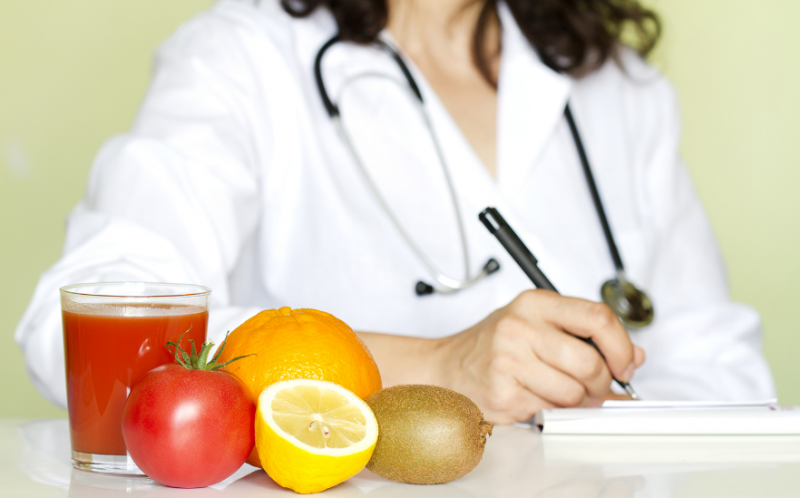
According to this diet, they use:
- jelly-like dishes (jelly, liquid mashed soups);
- highly diluted berry and fruit juices;
- broth (weak);
- tea.
Completely refuse dense products (even thick mashed potatoes).
“Pevzner's Table 1” is prescribed during the period of active recovery (4–5 days after surgery).
Allowed to use:
- yesterday's white bread, unsweetened cookies;
- lean mashed cereals, soups;
- mashed cauliflower, carrot, beetroot or sweet fruit;
- jelly;
- not spicy milk sauce;
- non-sour dairy products;
- weak tea;
- lean meat, fish dishes in the form of mashed potatoes (steamed).
At least another month after full recovery should be excluded:
- alcohol;
- spicy spices;
- fatty foods;
- semi-finished products;
- caffeine;
- sour fruits and berries;
- smoked meats;
- marinades;
- fresh bread.
Cooking all this month is desirable in any way except frying. Then they gradually return to the normal menu. Such nutrition after laparoscopy of appendicitis helps to quickly strengthen tissues, establish metabolic processes.
Diet recipes
Delicious traditional food is prepared from the allowed foods.
Chicken bouillon
This is an appetizing and quite satisfying medical dish.
Structure:
- fillet of 1 carcass;
- carrots - 1 pc.;
- onion - 1 pc.;
- salt, greens.
Stages of preparation:
- Chopped yellow root vegetable, a whole onion, fillet and salt are boiled for 30 minutes.
- Filter the composition.
- Beat vegetables with meat in a blender, injected into the broth.
- Add fresh herbs.
You can add a few drops of light yogurt to the soup.
Pumpkin puree
The sweet, spicy taste of the yellow fruit does not need flavor enhancers or additives. This is a complete and very simple dish.
Structure:
- pumpkin pulp;
- salt;
- oil - 3 g.
Stages of preparation:
- The fruit freed from the peel is boiled or baked until loose.
- Beat the vegetable in a blender with salt.
- Add oil.
If the mashed potatoes are slightly sweetened, a gentle, light dessert is obtained.
Cottage cheese casserole
This is a traditional delicacy that can be varied with juice, or fruit - the dish will turn out juicy, tender and soft.
Structure:
- low-fat cottage cheese - 300 g;
- semolina - 30 g;
- sugar - 20 g;
- egg - 1 pc.;
- salt.
Stages of preparation:
- Beat all the ingredients in a thick mass.
- Spread in a form with butter.
- Bake for 25 minutes. at 200 ° C.
Serve a dish with a spoonful of yogurt.
A medical diet is an essential method of recovery after surgery. A weakened body will not be able to quickly and fully “leave” the rehabilitation period if it has to spend energy on the assimilation of heavy food.


